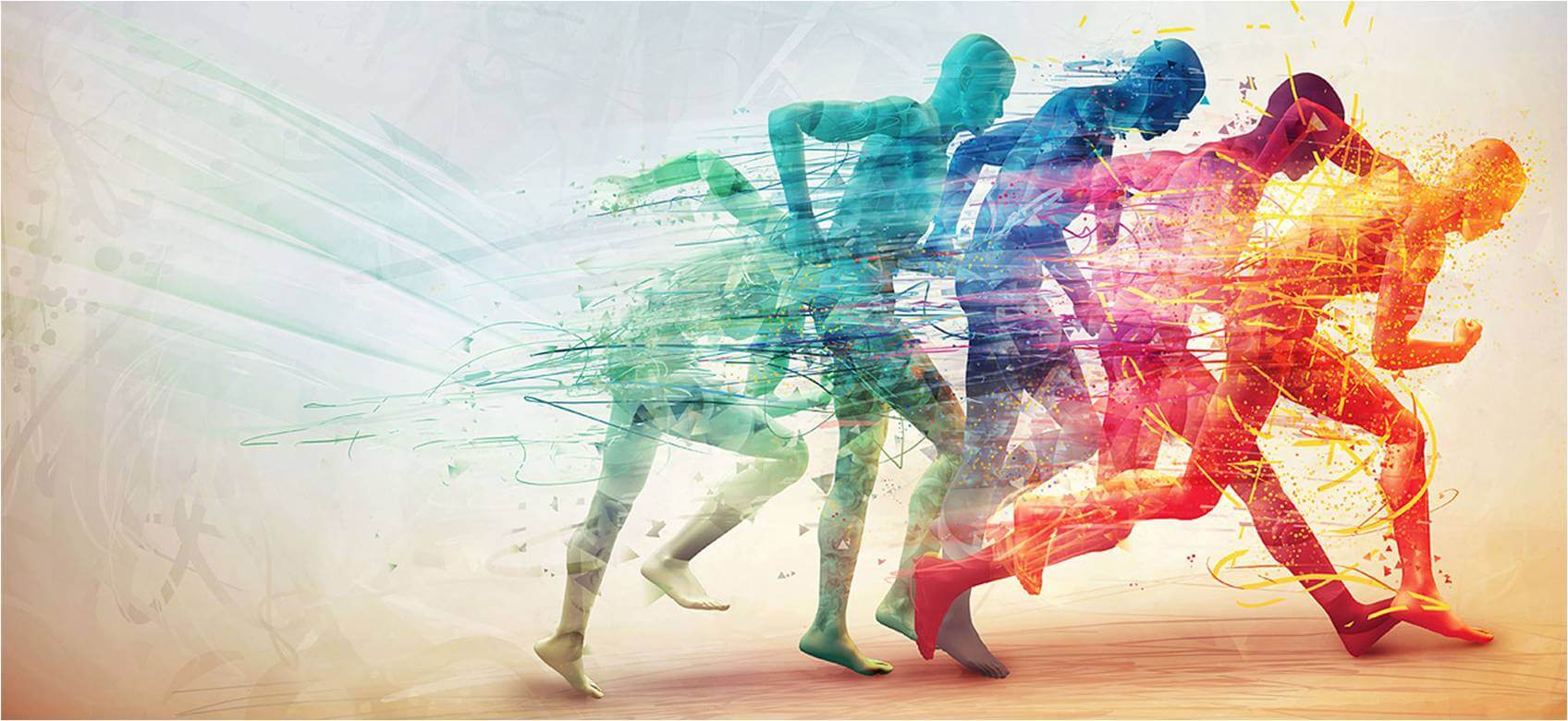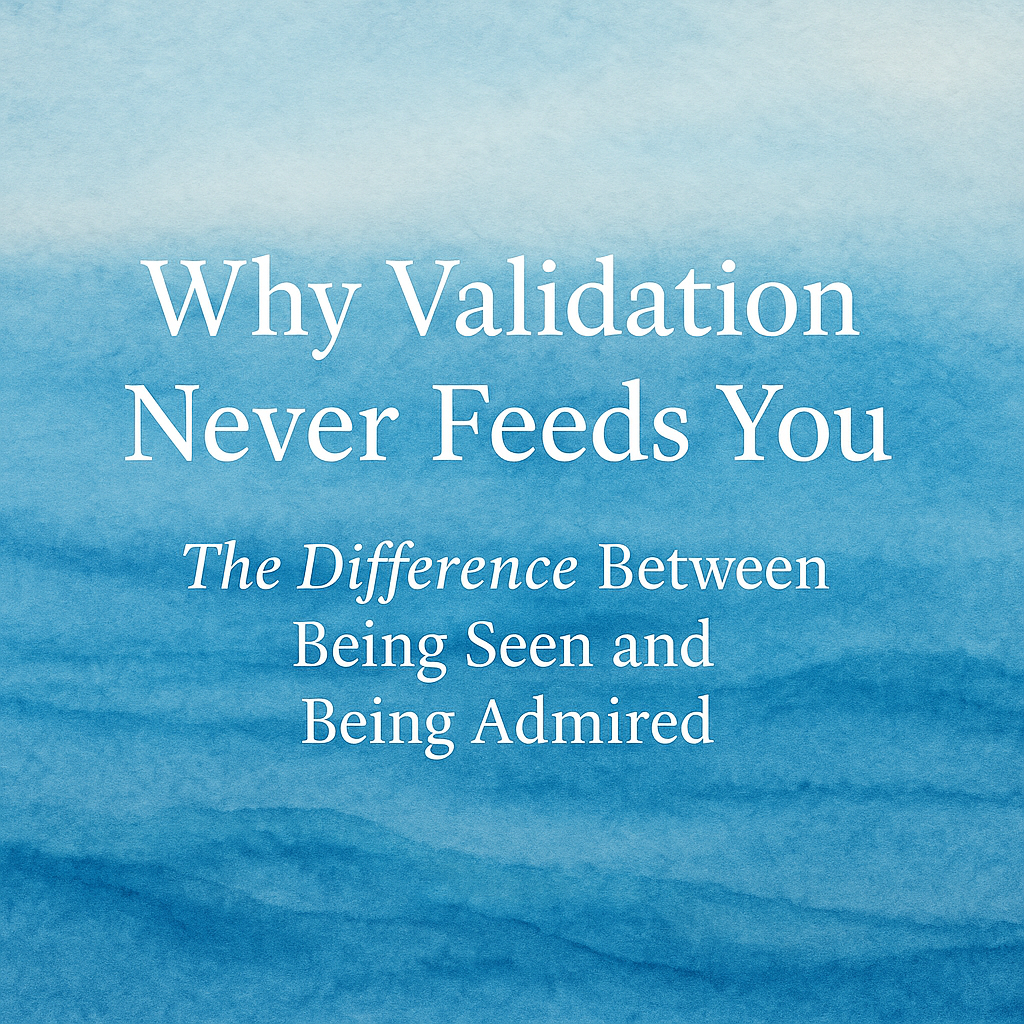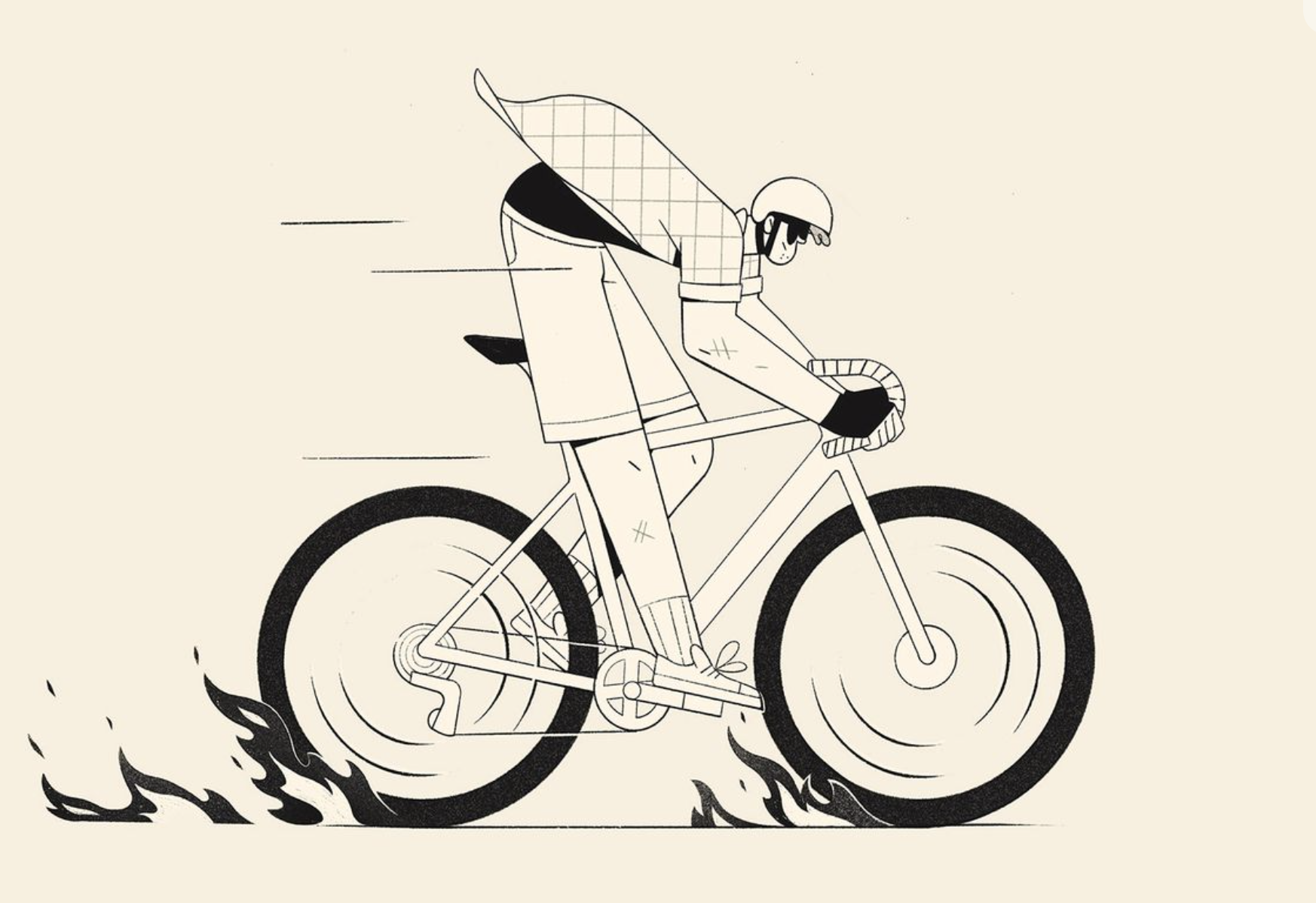Look Through the Turn: The Power of Mental Imagery
When I was 19, I bought a salvage-title Kawasaki Ninja ZX6R. Risky? Absolutely. But packed with life lessons? No doubt. I didn’t have a motorcycle license yet, but I was determined to learn (I do not recommend this). I took it to the church parking lot next to my house, and with every bolt rattling, I taught myself to shift, balance, and move. It was exhilarating.
Once I passed my motorcycle safety course, I was ready for the road. That first solo ride felt like freedom—until I hit my first big, sweeping left turn at a traffic light. The light turned green, and I locked eyes with the concrete center divider. I fixated on it. And sure enough—BLAM. I went straight into it. I flew off the bike. Ego bruised, arm scraped, I summoned superhuman strength to lift my new Ninja, limped it to the curb, and took a deep breath. I was fine. The bike was fine. But I’d just learned something important.
In the motorcycle safety course, they teach you: When making a turn, don’t look at the obstacles—look through the turn to where you want to go. Your body and the bike will follow your eyes. If you fixate on the danger, you steer straight into it.
That lesson has stuck with me for life. It’s the same in your emotional life, your career, your relationships. Focus too much on what you fear, and you’ll likely collide with it. But if you keep your gaze on your vision, your goals, your potential—you’re far more likely to get there.
Vision: The Foundation of Performance and Growth
No one understands this better than elite athletes. In sports psychology, vision is everything. Success isn’t random—it’s rehearsed. The best athletes mentally rehearse their performances with rich, sensory detail. They create internal blueprints for success: what it feels like to sink a shot, land the perfect dismount, or walk onto the field like they own it.
Mental imagery is a powerful performance enhancer—whether you’re an athlete, entrepreneur, student, or someone preparing for a tough conversation or high-stakes presentation. It’s not magic, and it’s not enough by itself. You still need skill, preparation, and experience. But without a clear mental map of success, you’re operating with no compass.
Even more dangerous? Having no focus at all. No goal, no challenge, no story you’re working toward. That, too, leads us off course. We need meaningful challenges to stay grounded. We need a vision that’s emotionally alive.
When You Don’t Have a Vision Yet
If you feel anxious because you don’t know where you’re headed, you’re not alone. I’ve worked with people for over a decade as a psychologist, and here’s what I’ve found: vision doesn’t always come from brainstorming—it often comes from healing.
We are each uniquely shaped by our histories—by what we had, what we missed, and how we adapted. Our motivations are rooted in our stories. And when we start to clear out the emotional gunk—trauma, anxiety, depression, self-doubt—clarity begins to emerge. It’s not about forcing a vision into existence; it’s about peeling back the layers and letting your authentic self come into focus. That’s when the vision becomes real.
Your story doesn’t have to weigh you down. It can fuel you forward. Imagery becomes the bridge between where you are and where you want to be.
The Basics of Mental Imagery
Imagery is the process of using all your senses to mentally rehearse success. You might think of it as “focused daydreaming,” but it’s more intentional and embodied. It’s about invoking the feelings, sights, sounds, and sensations of a desired outcome—before it happens.
In sports, that might mean imagining a perfect golf swing. In business, it could be visualizing a confident sales pitch. Either way, the emotional rehearsal primes the nervous system and trains your subconscious for success.
There are two types of imagery:
-
Internal (first-person): You see the experience through your own eyes.
-
External (third-person): You watch yourself as if from the outside.
Most people benefit more from internal imagery—it’s more immersive and neurologically effective. And within either format, there are three main channels:
Visual
You picture detailed images in your mind. You remember faces, places, colors, and landmarks vividly.
Auditory
You replay conversations in your head or cue yourself with motivational phrases or music.
Physical (Kinesthetic)
You feel success in your body—like the muscle memory of a perfect swing, a strong stride, or a free throw that just feelsright.
Knowing your dominant channel helps make your imagery more authentic and impactful.
Important Caveat
Imagery only works when paired with competence. Back to the Kawasaki story: no amount of “looking through the turn” would have helped if I didn’t know how to actually corner the bike. Vision without skill is fantasy. But if you’ve trained, practiced, and prepared—imagery can take you from 80% to 100%.
It primes your body and mind to perform under pressure.
Training Your Mind: A Practical Protocol
-
Practice imagery 3–4 times per week for two weeks.
-
Engage all your senses—see it, feel it, hear it.
-
Do a 5–10 minute mindfulnessMindfulness in CBT involves focusing on the present moment without judgment. It helps individuals be… or breathwork session beforehand to quiet the mind.
-
Don’t do imagery right before a high-stakes event—do it earlier in the day to prevent over-arousal.
-
Focus on realistic, believable outcomes. If it feels too far-fetched, dial it in. Authenticity matters.
You’re not just mentally rehearsing—you’re training your emotional state. The subconscious mindThe Subconscious Mind refers to the part of the mind that contains thoughts, memories, and feelings … responds to practice. It starts to expect success.
Imagery Script: A Baseball Example
Take a few deep, grounding breaths. Let your muscles relax and your mind quiet. Feel the anticipation of game day—the excitement building in your chest. This is what you’ve trained for.
Before thinking about the next game, recall a time you played your absolute best. You’re at the plate. Everything slows down. You see the ball clearly, counting the laces as it spins toward you. The connection is solid—you feel it in your hands, your core, your legs. The crack of the bat, the roar of the crowd. You didn’t need to think—your body just knew what to do. Let that feeling of effortless confidence rise up again.
Now picture the upcoming game. You’re on your home field. Take it in: the breeze on your face, the scent of cut grass, the background hum of the crowd and music. Your body feels light, strong, dialed in. You walk to the plate—calm, focused, locked in. The pitcher stares, but you know he doesn’t stand a chance. You’re too prepared, too grounded. The ball leaves his hand—you track it, then boom—perfect contact. You crush it deep to center. As you round the bases, your teammates erupt. You feel electric. You’re in control, and you know you’ll do it again next at-bat. This is your moment.
Now imagine swapping baseball for your big pitch, performance review, job interview, or creative project. Whatever it is—give it this level of clarity. Make it real.
Final Thoughts
This stuff works. If you commit to it with depth and consistency, it can reshape your inner world and raise your outer game. It’s not corny. It’s not fluff. It’s a technique used by the world’s top performers across every field.
At Keil Psych Group, we specialize in helping people—athletes and non-athletes alike—develop vision, overcome mental blocks, and perform at their peak. Whether it’s clearing emotional clutter or crafting your personalized imagery routine, we’re here to help.
Call or text us at 714-334-5497 to start your process. Wherever you are, we’ll meet you there.





